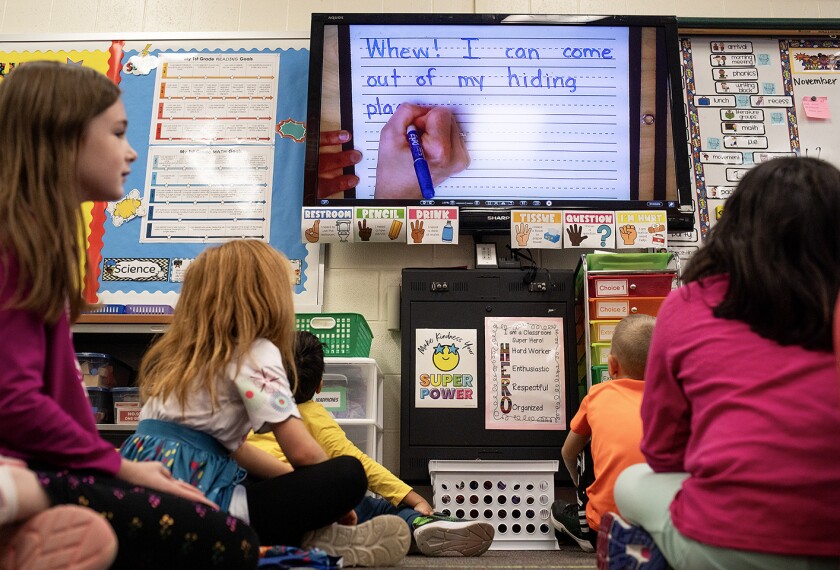How many high school students have sat in a required math class and asked themselves: Will I ever use (fill in the blank) in my daily life?
In 2020, Forbes posed a similar question about algebra, trigonometry, and calculus to 900 Freakonomics podcast listeners. Fewer than 12 percent reported using lessons from any of these particular high school math classes in their daily lives.
Now insert “personal finance skills” into the sentence.
Anyone thinking about purchasing a car or home, taking on a student loan, obtaining a credit card, debating whether to eat out or make a meal at home, or making any other decision related to one’s personal finances might respond in the affirmative.
But statistics indicate that many Americans lack the financial literacy to make informed decisions related to personal finances. More than one-third of American adults report having more credit card debt than emergency savings; 68 percent doubt they could cover one month of living expenses if they lost their primary source of income; and 25 percent report having no trusted source of financial guidance, according to Annuity.org and Bankrate’s 2023 annual emergency savings report. Despite the data pointing to a lack of financial literacy, there’s reason to believe that future generations of American adults will have a stronger grasp of the subject.
That’s because of a recent flurry of state legislation aimed at increasing the financial literacy of high school students. Pennsylvania this past December became the 25th state to pass a bill requiring a personal finance course for high school students. The number of U.S. states committing to improving teenagers’ financial literacy has more than tripled since 2021.
“We’ve gone from eight to 25 states in the last two-and-a-half years,” said Tim Ranzetta, a co-founder of Next Gen Personal Finance, a nonprofit that provides free resources to educators and advocates for financial literacy education.
John Pelletier, director of the Center for Financial Literacy at Champlain College and the author of an annual report on the topic, puts the recent growth into perspective. “In five short years, more than 4 out of 10 U.S. high school students will be enrolled in schools where a stand-alone, full-semester course in personal finance is required before graduating,” he said. “That’s a 229 percent increase from 2017.”
Pelletier is among several financial experts who say the pandemic is a primary impetus for states’ sudden interest in financial literacy curricula. “It was a wakeup call,” he said, noting how the pandemic exposed the country’s widespread financial fragility, from individual households to businesses.
Advocates for including financial literacy in K-12 education say the new requirements can’t come soon enough.
Financial literacy: Why it matters
High school students may not have the same degree of financial responsibility that adults do. But some are in a position to begin exhibiting some serious buying power: 18 is the legal age to apply for a credit card; teenage students also can apply for student loans for college. Students who take a personal finance course that covers earning income, spending, saving, investing, and managing credit—topics approved by the National Standards for Personal Financial Education—tend to make better borrowing decisions, according to government reports. Further, financial education has been shown to help young people better manage cash flow and pay bills on time, according to the Center for Financial Security.
Why teach personal finance at schools?
Schools are the most likely and logical place for teens to learn about personal finance, say experts. And, as most personal finance courses are being proposed as semester-long stand-alones, they will likely replace electives of equal length.
“If we don’t teach them in school, they’ll learn on social media,” Ranzetta said. Some, but not all, of these financial influencers, referred to as finfluencers, provide sound financial information, he observed. Others may profit from the advice they share.
Some have questioned why students don’t rely on parents to teach them about finances. But not all adults have a strong sense of financial literacy. And in many households, personal finance remains a taboo topic, with parents uncomfortable sharing information about their own finances and the decisions influencing them, explained Kerri Herrild, a teacher who has taught personal finance at Wisconsin’s De Pere High School for almost two decades. She calls it her proudest teaching accomplishment.
“Students don’t know what they don’t know,” she said. “When they do know better, they can do better.”
That applies to all students, said Herrild, from those normally engaged in class to those who tend not to see the value of education.
“Their brains may not work the same as our K-12 system,” she said. “And when they hear about this financial stuff, they’re like: Finally, something that I can use.”






